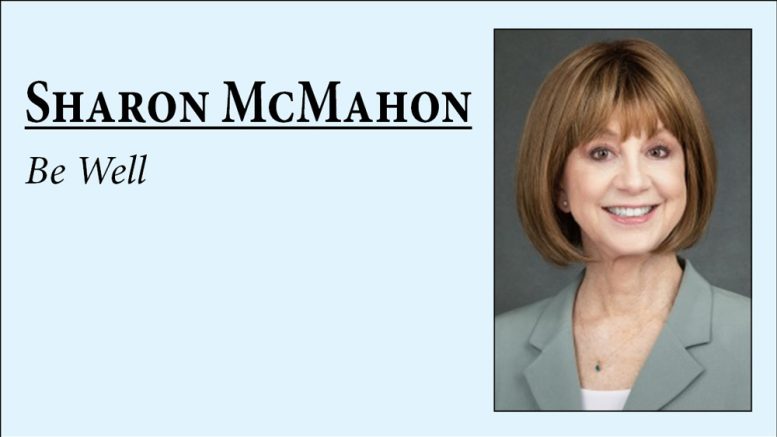“Sunshine is my quest.” – Winston Churchill
December – a time for celebration, for joy, for time spent with friends and loved ones. All that is true, indeed.
However, for many people there are other issues to be faced between November and early March, and that is my topic: SAD, or Seasonal Affective Disorder. While it is true that there are those who suffer from depression which is not seasonal, that is not something that I will address here and should be addressed only by those who are trained and licensed in that area.
SAD is a disorder that reflects the sometimes profound changes which light deprivation can cause in the brain. There are some who may be seriously affected by the decreased sunshine and shortened daylight hours in the winter months, and some who are only mildly affected yet still feel adverse outcomes of those shortened daylight hours.
SAD begins and ends at about the same times every year. If you’re like most people with SAD, your symptoms start in the fall and continue into the winter months; sapping your energy and making you feel moody.
Treatment for SAD may include light therapy (phototherapy), psychotherapy, and medications. Again, please contact your licensed health care professional for any of these recommendations or referrals. Symptoms specific to winter-onset SAD, sometimes called “winter blues,” may include irritability, low energy, heavy or “leaden” feeling in the arms or legs, oversleeping, and appetite changes which may include carb cravings. Additionally, increased stress or pressure due to holiday events or expectations, workplace year-end deadlines, and financial issues can contribute to seasonal despondency.
Don’t brush off that yearly feeling as simply a case of the “winter blues” or a seasonal funk that you have to tough out on your own. Take steps to keep your mood and motivation steady throughout the year. Up your fitness regimen or at least keep it steady during the winter months if your physical condition warrants. Walk whenever possible – outside if the weather cooperates, inside on a treadmill or shopping mall if needed. Stretching and flexibility are particularly important this time of year as we are usually bending, reaching, lifting items for decoration or to prepare for holiday company. Strength training is vitally important as well. Not only will you feel more energetic and focused through the dark winter months, you will get a head start on your early spring training!
Indulge in a few goodies through the holiday season but remember to be mindful of the refined carbohydrate treats and offset that indulgence with quality protein and complex carbs in your eating plan. If your physician approves a Vitamin D supplement, that may help you during the low sunshine days to come. And remember – after Dec. 21, daylight hours will begin to increase!
Warmest wishes from my home to yours this holiday season,
Sharon McMahon, CNWC
The opinions expressed in this article are not intended to replace advice of your personal physician or licensed health professional. Please consult your physician for any issues you may have related to nutrition or fitness activity.

